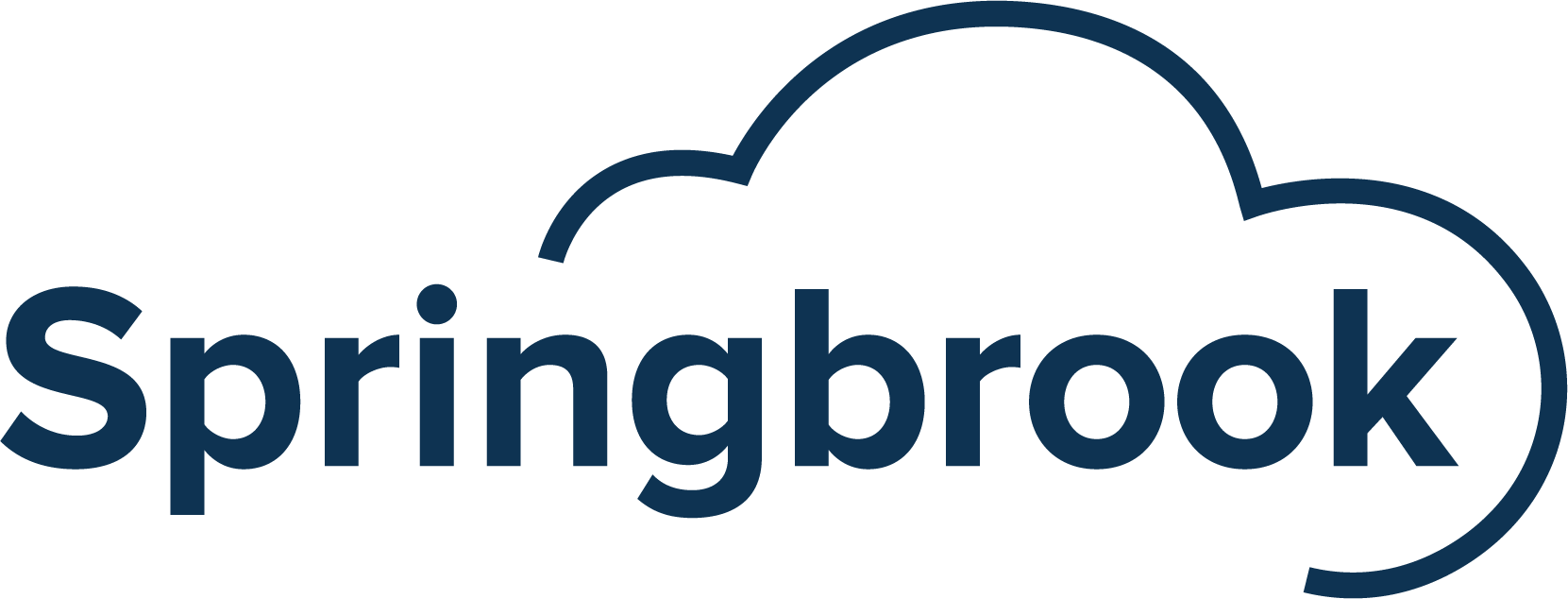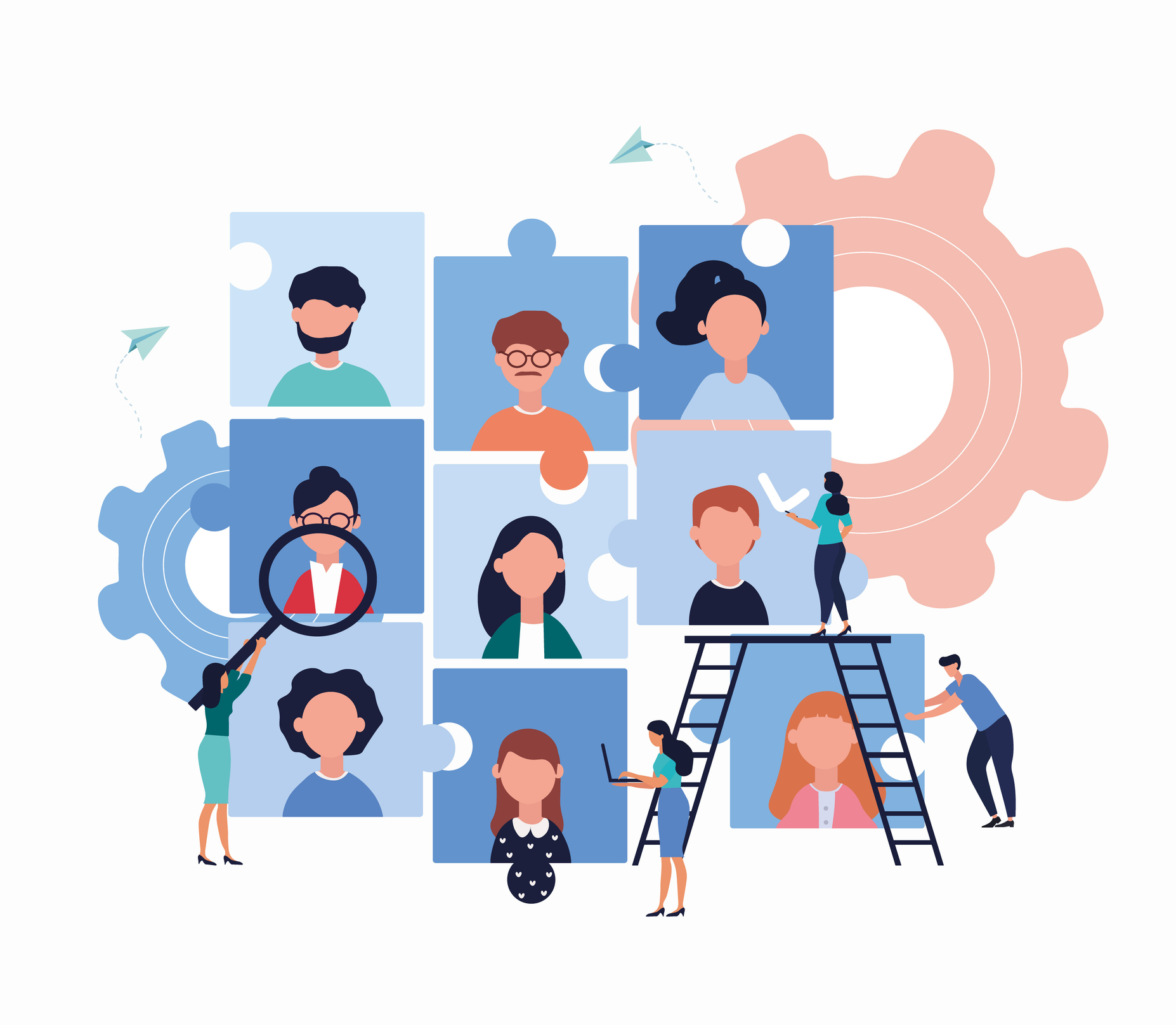Expanding the workforce across federal, state, and local government organizations is one of the most urgent needs in the public sector. Numerous districts face staffing shortages, directly affecting, and many other critical areas of government work.
Government agencies need to catch up to the private sector in rebuilding their pre-pandemic workforce. They are also dealing with a wave of retirements and continue losing staff due to The Great Resignation. A recent Job Openings and Labor Turnover Summary published by the Bureau of Labor Statistics reports a rise in the number of quits, with an increase of 32,000 in April of 2024 alone.
Under these conditions, retaining the existing government workforce is vital for the public sector, which employs over 4 million people nationally. Improving workplace transparency, offering better career development opportunities, and focusing on employee engagement and satisfaction are a few steps organizations can take to reduce attrition. Without addressing these satisfaction issues, efforts to fill staffing shortages may result in a continuous turnover cycle.
Job Satisfaction in Government Today
A recent Federal Employee Viewpoint Survey by the U.S. Office of Personnel Management (OPM) shows that while 84% of government leaders and staff rate their organization’s performance as strong, the global employee satisfaction index is only 64%, indicating that there is significant room for improvement in engagement, diversity, equity, inclusion, and accessibility. Only 68% of respondents are satisfied with their current position, and even fewer (62%) consider themselves satisfied with their organization. Additionally, only 61% of respondents feel a strong personal attachment to their workplace, and just two-thirds would recommend their agency as a good place to work.
Exit interviews shed some light on how government employees experience their workplace. Non-competitive compensation is the primary reason why employees choose to leave (53%), followed by retirement (33%) and opportunities for advancement with a different government employer (32%). Leaders also cite dissatisfaction with their supervisor (28%), lack of internal advancement (28%), and advancement with a private employer (22%) among the reasons for their departure.
To retain their workforce, organizations need to address these concerns, focus on key areas influencing employee satisfaction, and foster a more supportive and satisfying work environment for their teams.
Fair Compensation
Government budgets have always been tight, and in recent years, finding resources for operational and capital improvements has become even more challenging. These constraints also impact employee salaries, leading to higher turnover rates in many organizations. According to the U.S. Office of Personnel Management, only 57% of surveyed government employees are satisfied with their pay.
While government jobs are not always underpaid compared to the private sector, and some state governments have increased their compensation budgets in recent years, there are still fields and positions where government employers simply can’t match the lucrative salaries and benefits offered by private companies. Local governments also encounter significantly more regulatory constraints when attempting to adjust employee salaries or benefit packages.
Despite these bureaucratic hurdles, many organizations are now thinking creatively about the perks they can offer. Low-cost healthcare, defined pension plans, deferred compensation, and tuition assistance are some of the key benefits provided by government agencies to attract and retain top talent. Additionally, many organizations are focusing on enhancing workplace culture and offering opportunities for training and development to boost employee satisfaction.
Career Development Opportunities
Professional development is another important aspect of job satisfaction. MetLife’s 2023 Employee Benefit Trends Study (EBTS) shows that development opportunities are essential for making employees feel valued. In fact, according to a survey conducted by The Conference Board, 58% of employees would leave their jobs if they didn’t have opportunities for professional development. When employees feel supported, they are more loyal, productive, and engaged.
Robust training programs help employees gain skills and knowledge, increasing their success and confidence in their roles. This, in turn, leads to higher job satisfaction as employees become more adept at meeting job demands. Participating in professional development programs can also provide staff with a sense of accomplishment, boosting motivation and overall job satisfaction.
However, not all government organizations do enough to retain top talent. Only 78% of employees report receiving developmental support, and one in four doesn’t feel adequately supported in their professional growth. Given these conditions, it comes as no surprise that many departing employees cite a lack of professional development as the primary reason for leaving.
Even when development opportunities do exist, they are not always aligned with the needs and expectations of employees. For example, “in-house training” can range anywhere from formal training programs to the simple expectation of on-the-job learning, and while leadership may consider these opportunities satisfactory, employees often report a lack of access to meaningful professional development. In fact, merely 39% of public sector employers offer development along specific career paths, and only 44% facilitate cross-training opportunities.
Developing career paths for individual employees and providing growth opportunities are critical for retaining top talent. When employees are given opportunities to grow, they find it easier to envision a long-term career in government. Workshops, conferences, online courses, coaching and mentoring, on-the-job training, certifications and team building all contribute to employee satisfaction and loyalty.
Employee Engagement & Well-Being
Employee engagement is also crucial for retention and reflects the overall health and effectiveness of an organization’s HR practices. According to the OPM, only 50% of surveyed government leaders and employees believe that leaders generate high levels of motivation, while the overall employee engagement index hovers at 72%, a mere 1% increase since 71% in 2022.
One of the primary reasons is understaffing. Staffing shortages are a significant challenge in the public sector, leading to unrealistic workloads, burnout and reduced morale.
Effectively managing workloads, prioritizing projects, and ensuring that employees have access to the resources and support they need to succeed are critical for the development of a productive and healthy workforce. Prioritizing employee well-being through comprehensive wellness programs, flexible work arrangements, and initiatives that promote a healthy work-life balance is also vital, but only 41% of government organizations report offering such wellness or stress-reduction programs. These programs are essential in stressful public sector jobs, contributing to a positive work environment and positioning the organization as an attractive employer.
Celebrating achievements and milestones, recognizing the hard work and dedication of employees, and offering positive reinforcement are also critical for improving retention, especially when government employees are under intense pressure to meet increased citizen expectations. Without recognition, employers may feel that their expertise, time, effort, and impact are overlooked and underappreciated. Recognition, whether in public or in private, costs little but can have a tremendous impact on morale and engagement, leading to higher productivity and effort.
Research from Eagle Hill Consulting found that 46% of government employees would like to receive more recognition for their work, and nearly a quarter (21%) report never being recognized for their efforts. Since government employees consider recognition more motivating in their day-to-day work than career path, making them feel valued is key to improving retention.
Creating an environment that supports innovation is another way to provide employees with opportunities to improve existing processes, gain a sense of accomplishment, and feel a sense of connection with their employer. However, many public sector employers fail to incentivize innovative thinking, with only 65% of employees feeling motivated to innovate in their workplace.
The financial rewards and procedural flexibility needed for incentivizing innovation are often unavailable in the public sector. But encouraging outside-the-box thinking on all levels of the organization can go a long way in creating a more innovative organization. Government agencies can look to the private sector for inspiration and best practices, bring in outside experts, and encourage employees to make their mark within the constraints of government work.
Meaningful work is another key measure of job satisfaction for many employees. Local governments are increasingly seen as employers of choice for professionals who value environmental stewardship and sustainability. Public sector employers also encourage their staff to address societal challenges, allowing them to have a meaningful impact on their communities. Highlighting the importance of government work and its impact on citizens empowers local government leaders to retain top talent dedicated to public service.
Diversity, equity, inclusion, and accessibility
An organization’s track record on diversity, equity, inclusion (DEI) and accessibility significantly impacts employee retention. DEI and accessibility initiatives not only decrease attrition in employee affected groups, but they also position organizations as employers of choice, particularly for younger staff who value ethical practices. Despite differences along demographic and party lines, most Americans (56%) support DEI initiatives, with higher support (68%) among 18- to 29-year-olds.
In addition to creating a more inclusive, welcoming environment for employees from all walks of life, workplace diversity also encourages creativity and innovation, enhances problem-solving capabilities, and drives organizational performance as every member of the team, from frontline employees to senior leadership, can bring their own perspectives, backgrounds, and experiences to the table.
Most government employees rate their organizations as effective in fostering diversity, equity, inclusion and accessibility in the workplace. But there seems to be slower progress in equity and accessibility (67% and 69% respectively) compared to diversity and inclusion (71% and 76%).
Addressing bias is the first step in creating a more diverse and inclusive workplace. Bias can affect every aspect of an organization’s operations from hiring and promotions to daily interactions between employees. Staff members who experience a toxic environment fueled by unconscious biases, unfair treatment, and favoritism are significantly more likely to feel undervalued and unappreciated, eroding their motivation and engagement over time.
Organizations that invest in anonymous feedback surveys, bias training, and cultural awareness programs resolve DEI issues more effectively by addressing unconscious assumptions that impact how employees engage with each other and fostering a more inclusive workplace for employees of all backgrounds.
Implementing DEI practices in hiring can also help bring together individuals from varied backgrounds. Establishing diverse hiring panels and committees, adopting bling hiring practices where personal information is concealed during the screening process, and structured interview questions that evaluate candidates strictly based on competencies are a few ways in which government agencies can implement fair and inclusive hiring practices.
Transparency & Communication
Trust and transparency are essential for a healthy workplace and are key contributors to employee engagement and job satisfaction. Clear communication and openness between management and employees regarding key decisions, project outcomes, future plans, strategies, and practices builds trust. When employees know what to expect, they feel safer, less stressed, and more included and valued. In addition, conveying the value of initiatives and their impact on an organization’s mission is essential for garnering support, while transparency in workflows can significantly improve collaboration and productivity.
According to Deloitte, 86% of workers and 74% of leaders believe that increasing trust and transparency is critical to building positive relationships between employees and the organization. Particularly as the traditional boundaries of work gradually disappear, trust, rather than culture, becomes essential for maintaining a cohesive and mission-aligned organization.
In the public sector, fostering a culture of transparency is also vital for attracting and retaining top talent, enabling organizations to compete with private companies that have long embraced transparency and employee-centered cultures. Most local government employees understand their roles (82%) and how their work aligns with the agency’s objectives (85%). However, only 62% feel that senior leadership maintains high standards of honesty and integrity. And only 66% claim that managers communicate the organization’s goals to their staff.
Fostering transparency in the public sector can be challenging. Open communication and honest feedback are difficult when emails are public and leaders may be hesitant to share honest opinions due to the public nature of this information. However, there are steps government organizations can take to improve trust in the workplace.
Breaking down siloes and ensuring that knowledge is readily available across all organizational groups can be a great first step in improving collaboration. Establishing communication channels, from an open-door policy to town-hall meetings, can significantly improve transparency, ensuring that employees know exactly where to go to access and share information. Cultivating an organizational culture where leaders and employees are comfortable with open discussions helps ensure that both successes and lessons learned from less successful projects are shared openly.
How Technology Can Help?
Investing in innovative technology solutions can help reduce employee workloads in all areas of government work. Embracing digital transformation initiatives can streamline workflows, reduce administrative burdens, and allow employees to focus on more meaningful work. By identifying and streamlining bureaucratic processes, organizations can create a more efficient and productive work environment, ultimately leading to higher job satisfaction and better employee retention.
While modern technology can’t increase an organization’s hiring budget, a modern ERP solution can also help local governments make the most of their resources and ensure their teams feel fairly compensated. ERP systems enable HR departments to allocate resources more efficiently by identifying cost-saving opportunities without compromising the quality of benefits.
Advanced finance ERP platforms act as centralized hubs for managing all aspects of employee benefits, from enrollment and eligibility verification to communication. This allows local government HR teams to handle complex benefits packages more easily, helping to retain key personnel. This centralized approach ensures consistency in benefit administration and reduces administrative overhead.
When it comes to job satisfaction and engagement, modern HR software with built-in survey capabilities offers employees a platform to voice their opinions, concerns, and suggestions anonymously, fostering a safe space for honest feedback. By leveraging these surveys, organizations can gain a deeper understanding of the experiences and perspectives of their diverse workforce. Gathering real-time feedback allows leaders to address concerns quickly and effectively. Additionally, using data analytics tools to track employee engagement, turnover rates, and performance metrics provides valuable insights into the factors affecting job satisfaction and retention, allowing leaders to identify employees at risk of leaving and enabling proactive measures to improve retention.
Modern talent management software also supports the success of employee retention initiatives by ensuring a smooth transition for new hires through a personalized onboarding experience and making them feel welcome and integrated from day one. With leading solutions, government agencies can also promote open communication and establish a foundation of mutual trust and respect between supervisors and reports by keeping employees informed about organizational goals, changes, policies and more. Leading talent management solutions also facilitate peer-to-peer recognition, boosting morale and reinforcing a positive workplace culture focused on appreciation and teamwork.
While strategic workforce development is no easy task, modern talent management software makes the process much easier by providing a central hub for managing staff. Leading solutions offer valuable insights into an employee’s history, education, certifications, and performance reviews, enabling data-driven decisions.
Many government employees feel that while performance is generally strong in their organizations, there is considerable opportunity for improvement in job satisfaction. Government organizations often struggle to match the competitive salaries and benefits offered by the private sector, and they encounter challenges in fostering innovation and transparency. However, by strengthening talent development, improving employee engagement, streamlining communication, and advancing diversity, equity, inclusion, and accessibility initiatives, they can boost their ability to retain talent and build resilience amidst staffing shortages.


